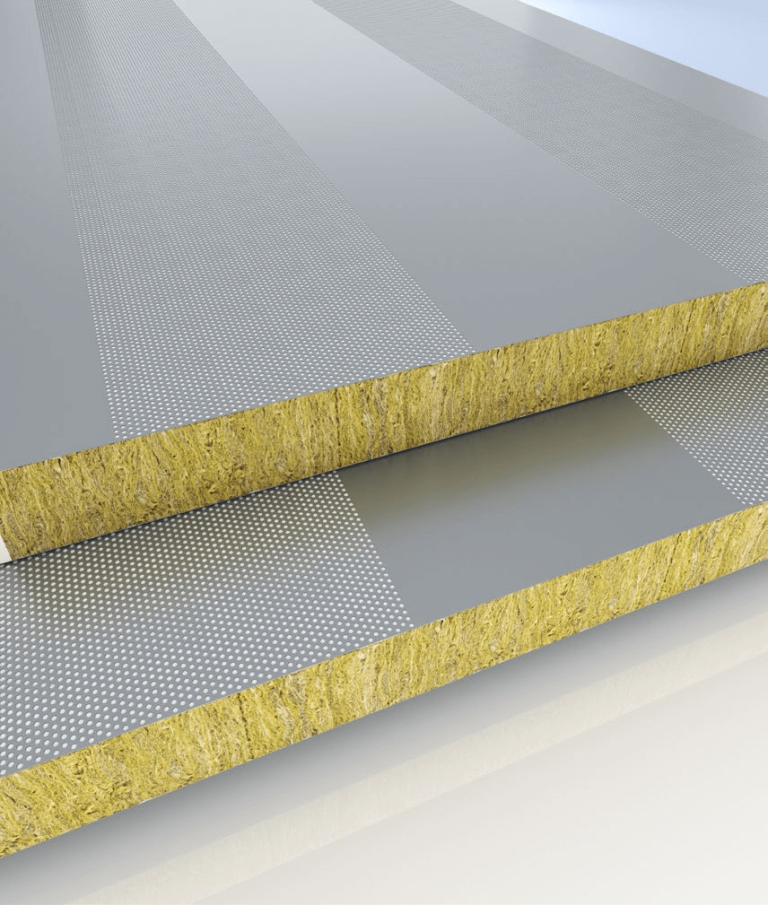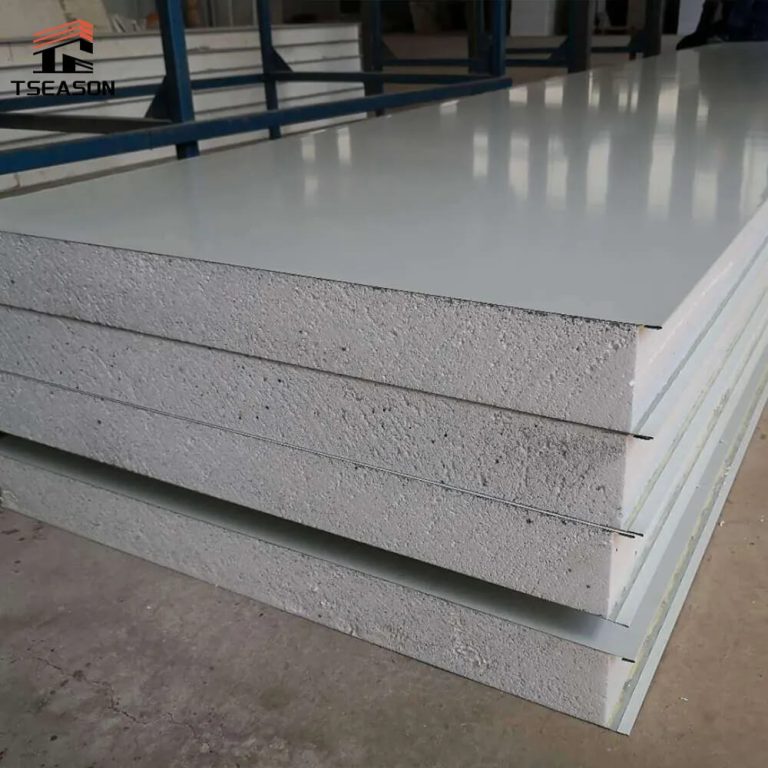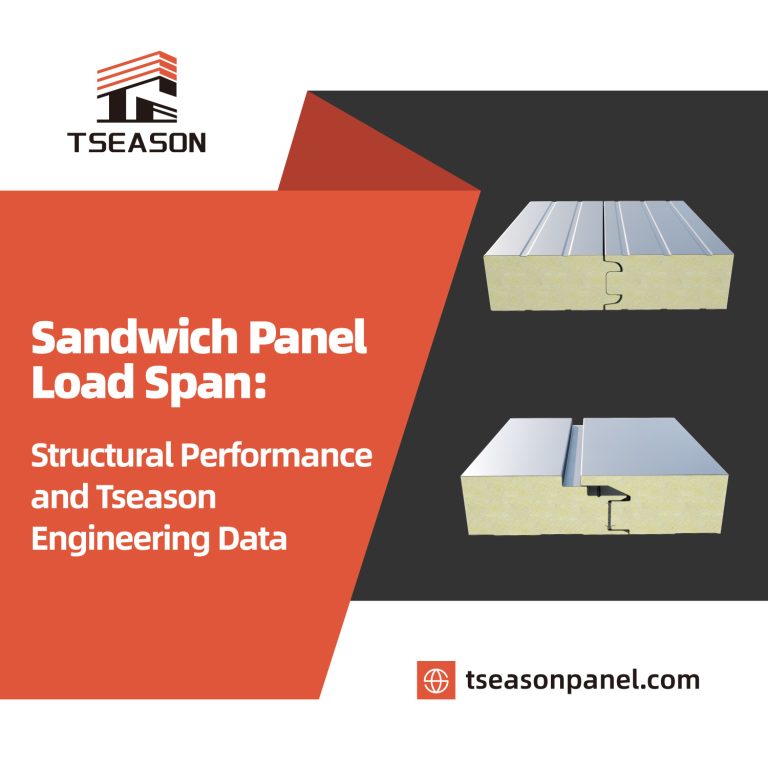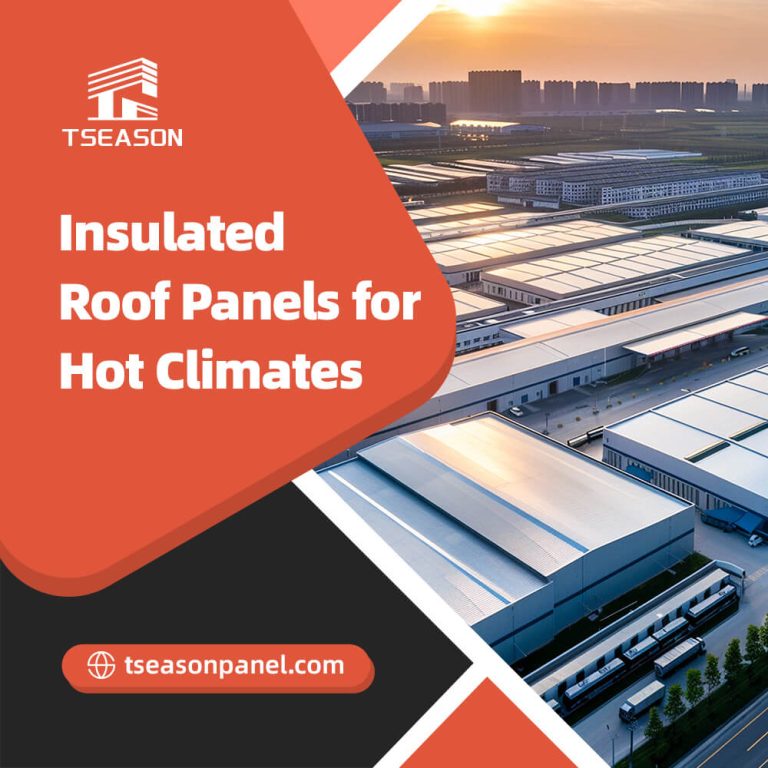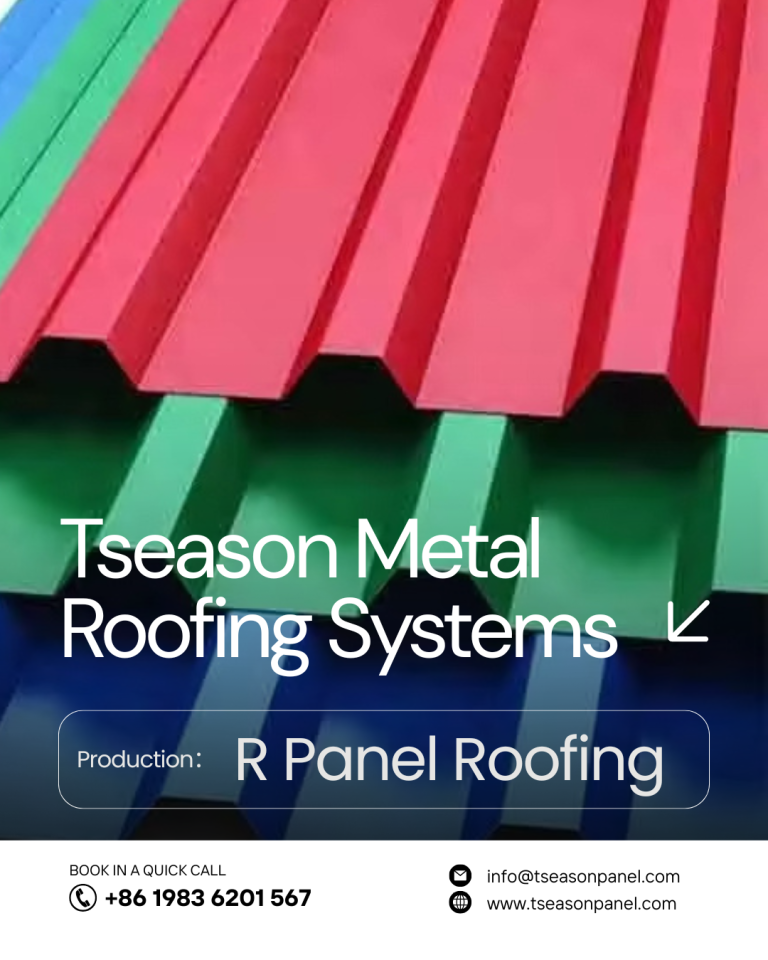From Production to Preservation: Navigating Color Coated Steel Sheets
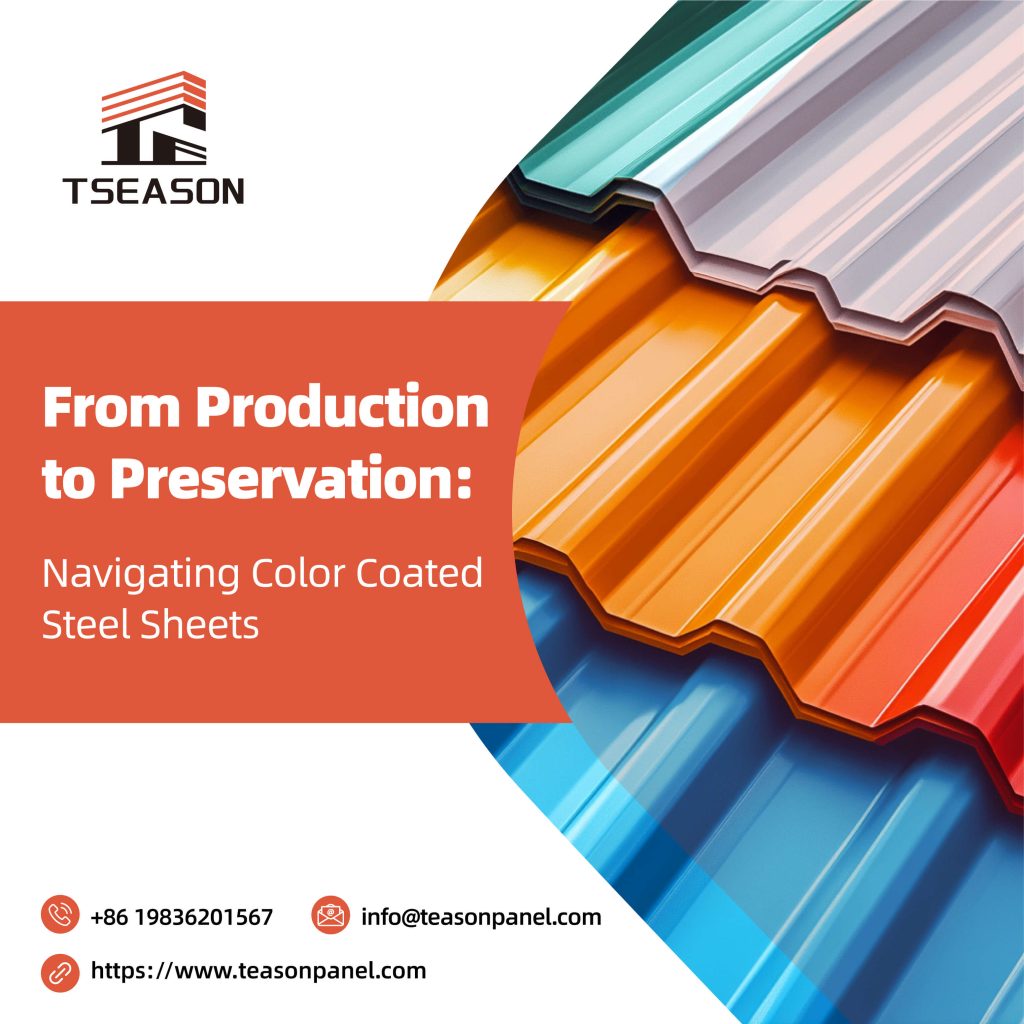
1. What Are Color Coated Steel Sheets?
Color coated steel sheets use cold-rolled or galvanized steel (electro-galvanized, hot-dip galvanized, aluminum-zinc coated) as substrates. Manufacturers clean and treat the surface, then apply coatings via continuous roll coating. Finally, they bake and cool the sheets to finish the product.
How Are They Made?
A typical two-coat two-bake line follows these steps: uncoiling → pretreatment → coating → baking → post-treatment → coiling.
Coating Structures
- Double-sided two-coat two-bake: Both sides get two coats and two bakes.
- Single-sided reinforced: Top uses two-coat two-bake; bottom has one layer (back paint not for front use).
Coatings also come as two-coat, one-bake. Thickness ranges from 20-25μ μm (surface) to 8-10μ (back). Common coatings include polyesters (BHP XRW, Baosteel JZ), silicone resins (PSS), and fluororesins (PVDF). Standards like ASTM A527, JIS G3302, and EN/0142 apply.
2. Coating Types for Color Coated Steel
Coatings are split into construction and home appliance grades. Construction options depend on the environment: epoxy, polyester, PVC plastisol, silicone-modified polyester, PVDF. Home appliances mostly use polyester. Coatings include primers, topcoats, and back paints.
Primers: Types and Thickness
Primers (5μm thick) come in four types. Choose based on use, environment, processing, and topcoat compatibility:
- Epoxy: Sticks well to substrates. Resists water, alkali, and chemicals but lacks flexibility. The first primer for coils.
- Polyester: Adheres well and bends easily. Less resistant to moisture and chemicals than epoxy.
- Water-soluble acrylic: Bonds well, bends easily, and has low solvents. Cures at low temps but needs dry storage and strict pretreatment.
- Polyurethane: Stands up to chemicals, wear, and time. Stays flexible.
Topcoats: Types and Thickness
Common topcoats include:
- Polyester (PE): Sticks well. Works in many forming and outdoor situations. Moderate chemical resistance.
- High-temperature weather-resistant polyester(HDP): Blocks UV rays well. Lasts long, between polyester and fluorocarbon in performance.
- PVDF: Shapes easily and keeps color. Resists weather, chalking, and solvents. Few color options; costs more.
- Silicone-modified polyester (SMP): Hard, tough, and heat-resistant. Lasts outdoors and resists chalking. Limited gloss retention and flexibility; mid to high cost.
- PVC plastisol: Handles weather, chemicals, and damage. Looks good but needs special primer. Can be smooth or embossed. Thicker than 100μm.
Most primers plus topcoats need ≥20μm total thickness. Tests show this meets standards: 720-hour salt spray tests on hot-dip galvanized substrates with epoxy primer and polyester topcoat (total ≥20μm) score ≤ grade 2 for corrosion.
Coating Color and Gloss
- Color: Pick standard colors to speed production. Custom colors take longer—coatings need testing first.
- Gloss: Measured at 60 degrees. Higher numbers mean more shine. Appliances use high gloss. Buildings use mid (30-55) or matte—high gloss glares in sun and tires eyes indoors.
Back Paints: Types and Colors
- Single-layer back paint (8-10μm) ignores corrosion resistance. Use hot-dip galvanized substrates for building inner panels.
- For sandwich panels with insulation, specify back paint (5-8μm) that sticks to adhesives.
- Harsh environments (coastal, industrial) or big temperature swings need two-coat two-bake back paint. It resists corrosion and transportation scratches, made in factory-specified colors.
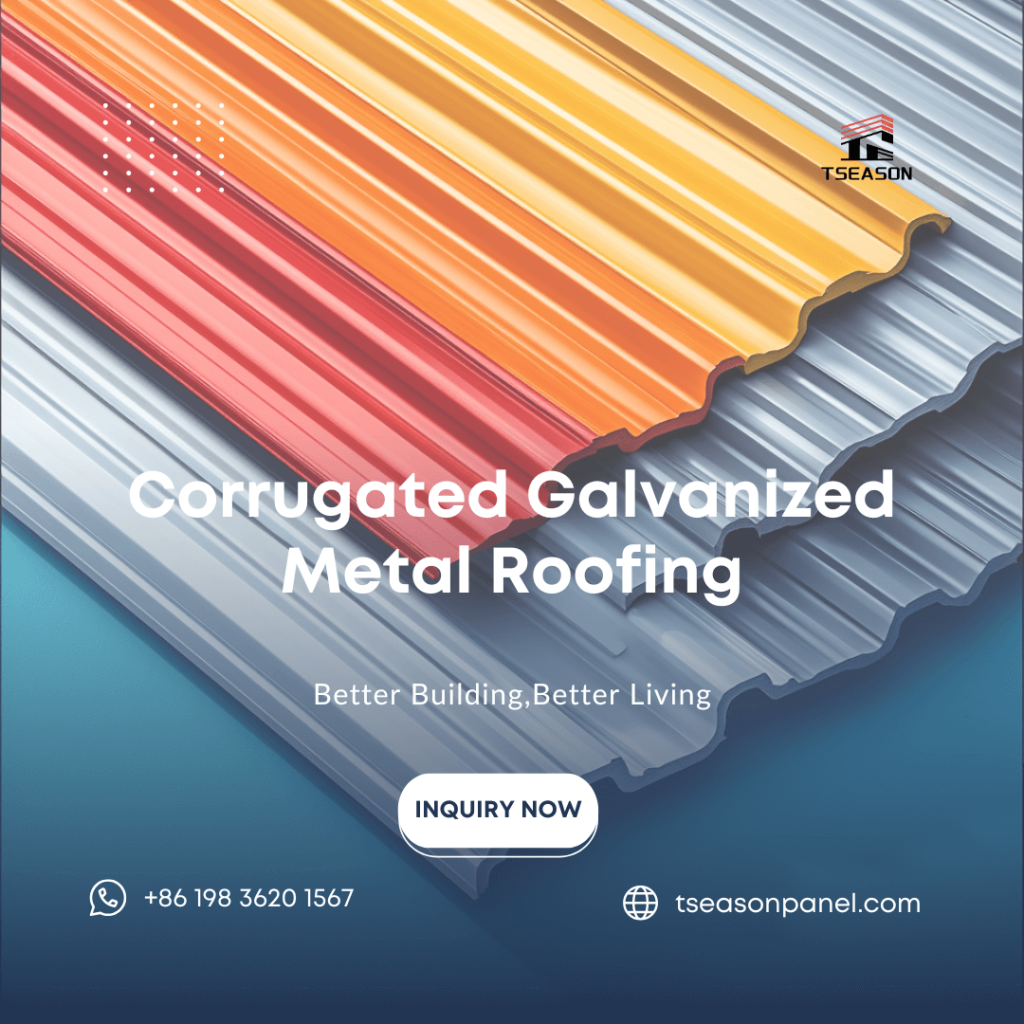
3. Common Questions
Basics and Benefits
- What are they? Steel strips (cold-rolled or galvanized) get cleaned, coated with liquid via rolling, baked, and cooled. Colors earn them the name "color coated." Called "pre-coated" abroad since coating happens before forming.
- Why choose them? Strict production controls ensure consistent look, durability, and workability. Mass production cuts costs—less coating waste than finishing parts later. Easier to process and eco-friendly (no chemical or paint fumes).
Uses and Selection
- Uses: Light, good-looking, and corrosion-resistant. Easy to work with. Used in building, ships, vehicles, furniture, and electronics.
- How to choose? Match substrate and coating to environment. For outdoor buildings, use hot-dip galvanized (≥180g/m², double-sided). Need 10-20 years of color/gloss? Pick PVDF. Corrugated roof panels need two-coat two-bake on both sides. Sandwich panels can use two coats top, one coat bottom.
4. Storing and Transporting Color Coated Steel
Storage Tips
Moisture can seep through coatings and rust zinc. Follow these rules:
- Keep indoors, dry, and ventilated. No corrosive gases. Avoid condensation or big temp changes.
- Outdoor storage (only if needed): Use square sleepers, flat ground, and level supports to prevent warping. Cover with a rain cloth.
- Dry, wet, or condensed sheets immediately. Use them fast.
- Store coils as received. Don’t stack—avoids coating damage. Keep away from sand/dust.
- Use "first-in, first-out." Shorten storage in coastal/industrial areas to prevent damage or color differences.
- Tilt sheets 3.5 degrees in warehouses to drain water.
Transport Rules
Coatings scratch easily. Take care:
- Keep factory packaging. Don’t remove sleepers or flip.
- Use rubber pads or special lifts for loading/unloading. Lifts must not dent coils or exceed weight limits. Distribute weight evenly.
- Clean truck beds. Use thick rubber or protectors. Avoid uneven surfaces for horizontal coils. Add rubber to forks/hooks. Secure coils to prevent rolling; avoid strap locks/protrusions when lowering.
- Keep vertical coils vertical. Use a tilter if laying them down.
- Secure sheets/coils to stop movement and scratches.
- Carry single sheets by both ends—never drag. Avoid hard impacts.
- Cover with a rain cloth if transporting outdoors.
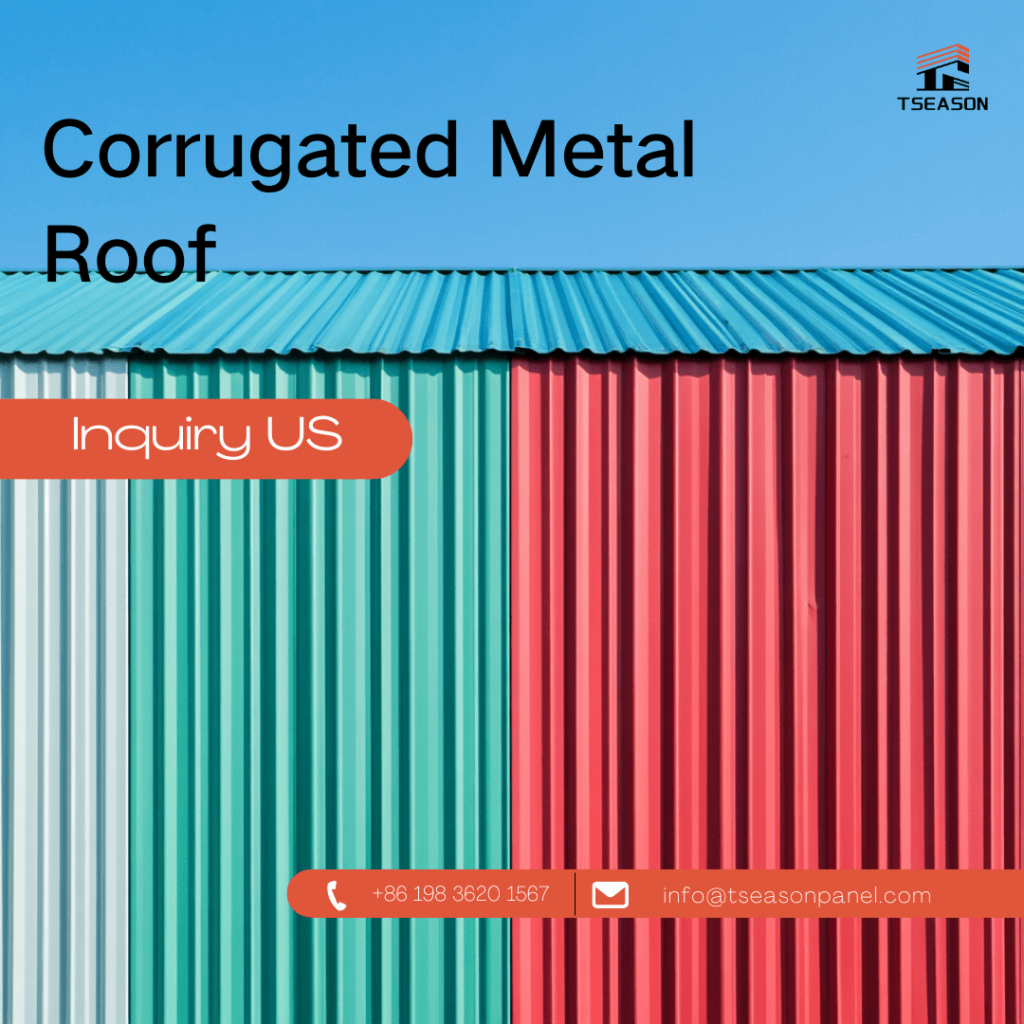
5. Tseason Colour Coated Steel Solutions for Sandwich Panels and Modular Buildings
Tseason offers a wide range of high-quality colour coated steel sheets, ideal for PU/PIR and rock wool sandwich panel production, cold storage construction, and modular house manufacturing. Our steel sheets are produced on fully automated lines, ensuring consistent colour, gloss, adhesion, and corrosion resistance that meet international standards (ASTM, JIS, EN, KS).
With customisable coatings (PE, SMP, PVDF) and a broad palette of colours, Tseason steel is widely trusted in global factory and prefabricated construction projects.
Whether you're seeking enhanced thermal insulation, superior fire resistance, or a sleek modern finish, Tseason’s colour coated steel is engineered to meet diverse industry needs.
📩 Contact Tseason now to get your custom quote and technical data sheet. Start building with confidence.

